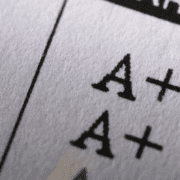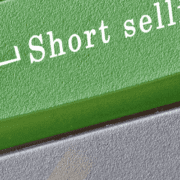Guest Post: Cyprus – A Stock Market Dies
Author: Pater Tenebrarum
What Happens Usually After Big Bear Markets Conclude?
If we look back at the history of big bear markets in stocks, they normally put in a definitive low either at the height of a panic (a spike low), or after an extended period of disinterest, during which the market usually declines considerably further in percentage terms, but trading volume concurrently dries up.
Two examples for such typical ‘disinterest lows’ following a major bear market are the 1932 low in the DJIA/SPX and the late 2000 lows in the XAU and HUI. In both instances the market suffered considerable additional losses in the final few months of its decline, with trading volume withering away (in the case of US stocks, trading volume was down 90% compared to its height in 1929 – stock prices were down by 90% as well at the low). However, in both instances, after a definitive low had been established, the market very soon embarked on a relentless advance.
The DJIA’s bear market in the 1930’s and the beginning of the subsequent rally. Although this is not immediately obvious on a linear chart, the final decline from February to June 1932 was the biggest wave down in percentage terms – click to enlarge.
The HUI from 1996 to 2002 – again the final wave down was actually the steepest in terms of the percentage loss, but once the low was established, a strong rally ensued – click to enlarge.
So this is the usual manner in which major long term bear markets conclude – once the low is established, the market soon embarks on a sizable rally. So what happens after the biggest crash ever?
You can read the second part of this article at acting-man.com.
Charts by: BigCharts, Sharelynx








It’s normal your link go directly on islamic ghosts team.
P.s I like your works. thank
Hi arionov, Thanks. No, it’s not normal. It looks like the Acting Man website got hacked.
I found your article interesting and informative!